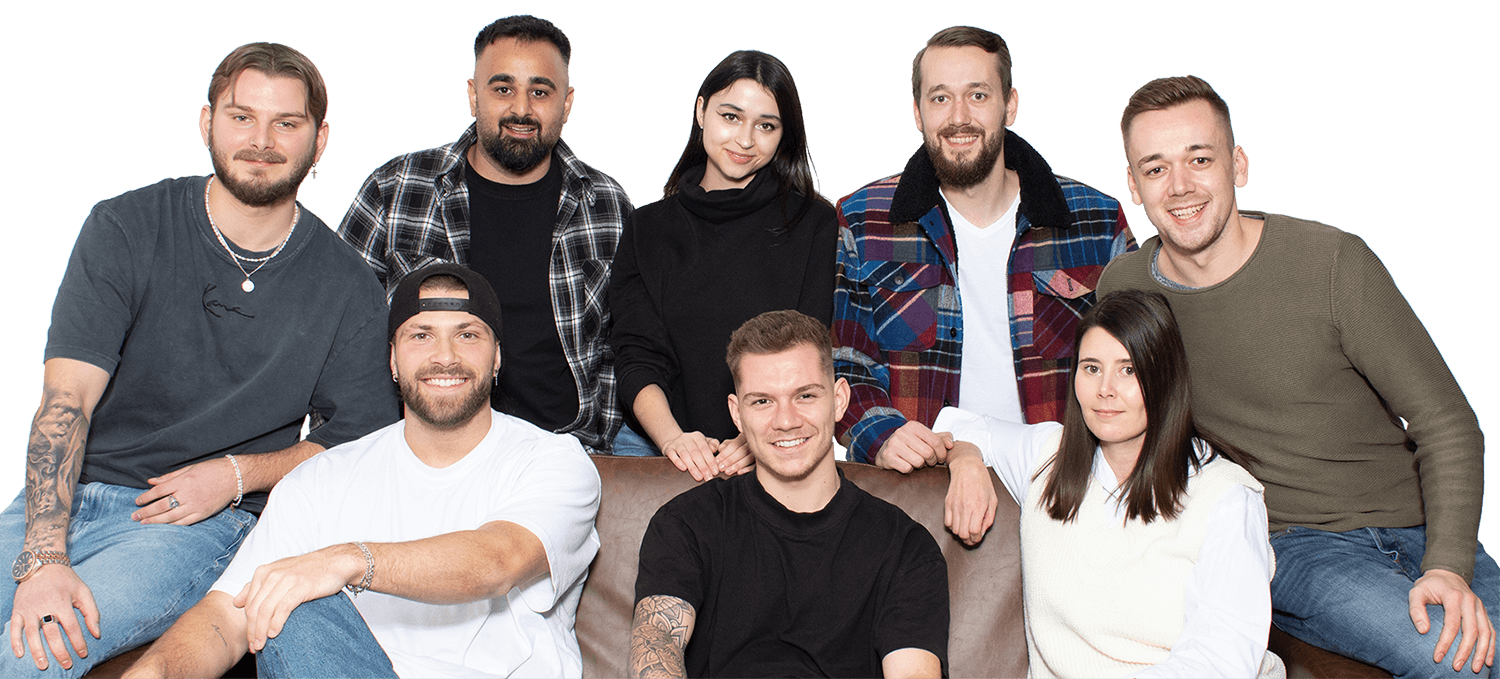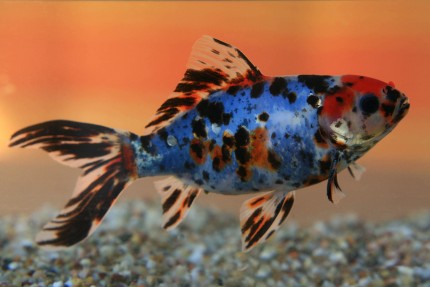Perch - Perca fluviatilis
- Item no: 6265
Fast delivery times
All products are in stock with us!14 years of breeding experience
Let our team of experts advise you!High customer satisfaction
from over 3,000 reviews "Quasi well-known in the whole European country is the perch with its striking coloration, which is scientifically also called Perca fluviatilis (LINNAEUS, 1758). However, depending on its occurrence, it also enjoys other names such as Egli in Switzerland, Kretzer on Lake Constance, etc. It was chosen as "Fish of the Year" in 2019 by the Swiss Fishing Association- probably because it is also a very popular target fish among anglers.
In its habitat it mainly inhabits rather slow flowing waters such as streams and rivers. Especially clean and non-muddy herbaceous or rocky places are very popular. In general, he is a very robust guy, who can assert himself in the wild, even against other species. It is so adaptable that it can even be found in places in the Baltic Sea, which has brackish water. Its pond or aquarium should therefore also have good water hygiene.
Its external appearance is typical of perch: the high back with flat sides and a gray-green ground color, on which there are five to eight broad bands. Pointed hard rays adorn its dorsal fin, which it can fold in and out when necessary. This is adorned with large dark spots. Pectoral and pelvic fins, as well as the anal fin and also the lower caudal fin are reddish in color, especially increasing in color with age and depending on spawning mood.
The aquarium for perch should be at least 500 liters and equipped with a fine sand, because they can easily live 10-15 years. In the aquarium, or in the pond, they are not expected to grow larger than 45 cm. External sex differentiation is difficult, especially females appear rounder and plumper with thicker bellies, males become somewhat more colorful. Between March and June their spawning season starts. A previous frost period, which was between 4-10 degrees, is used for the formation of eggs and sperm. In the pond they spend the winter rest at the bottom of the pond, therefore it should be at least 80 centimeters and deeper. In strings the eggs are laid on water plants and left to themselves. The larvae later drift into the open water and feed on phytoplankton, but also on their own siblings. Therefore, overpopulation is not likely to occur.
Perch are carnivores that feed primarily on insects, invertebrates and other small crustaceans in the pond. Therefore, socialization with shrimp, snails and crayfish is better not recommended. It is also better not to keep them with koi or goldfish because of their different sensitivities and because of their spines. They also eat the spawn and young of other fish and can be fed with a pond fish food, but also with frozen and live food.
| Scientific name: | Perca fluviatilis (LINNAEUS, 1758) | |
| German name: | Perch, egli, cretzer | |
| Difficulty level: | for beginners | |
| Origin/distribution: | Europe | |
| Appearance: | greenish to brown base color with 5-8 broad dark bands, intense red ventral and pectoral fins, reaches about 45 cm | |
| Age expectancy | 10 years and more | |
| Water parameters: | GH adaptable, pH adaptable, temperature 4-28° C, optimal 20 °C | |
| Tank size: | 500 liters and above, pond depth 80-120 cm and above | |
| Food | Omnivorous, live and frozen food, mosquito larvae, artemia, flake food for pond fish | |
| Breeding | medium | |
| Behavior | territorial at mating time | |
| Group size | from 5 animals | |
| Further information |
- Item no: 6265
Entdecke die Garnelio Welt!
Garnelio gehört zu den größten Onlineshops für wirbellose Aquarientiere weltweit.
Viele Artikel gibt es exklusiv nur bei uns im Shop.






































